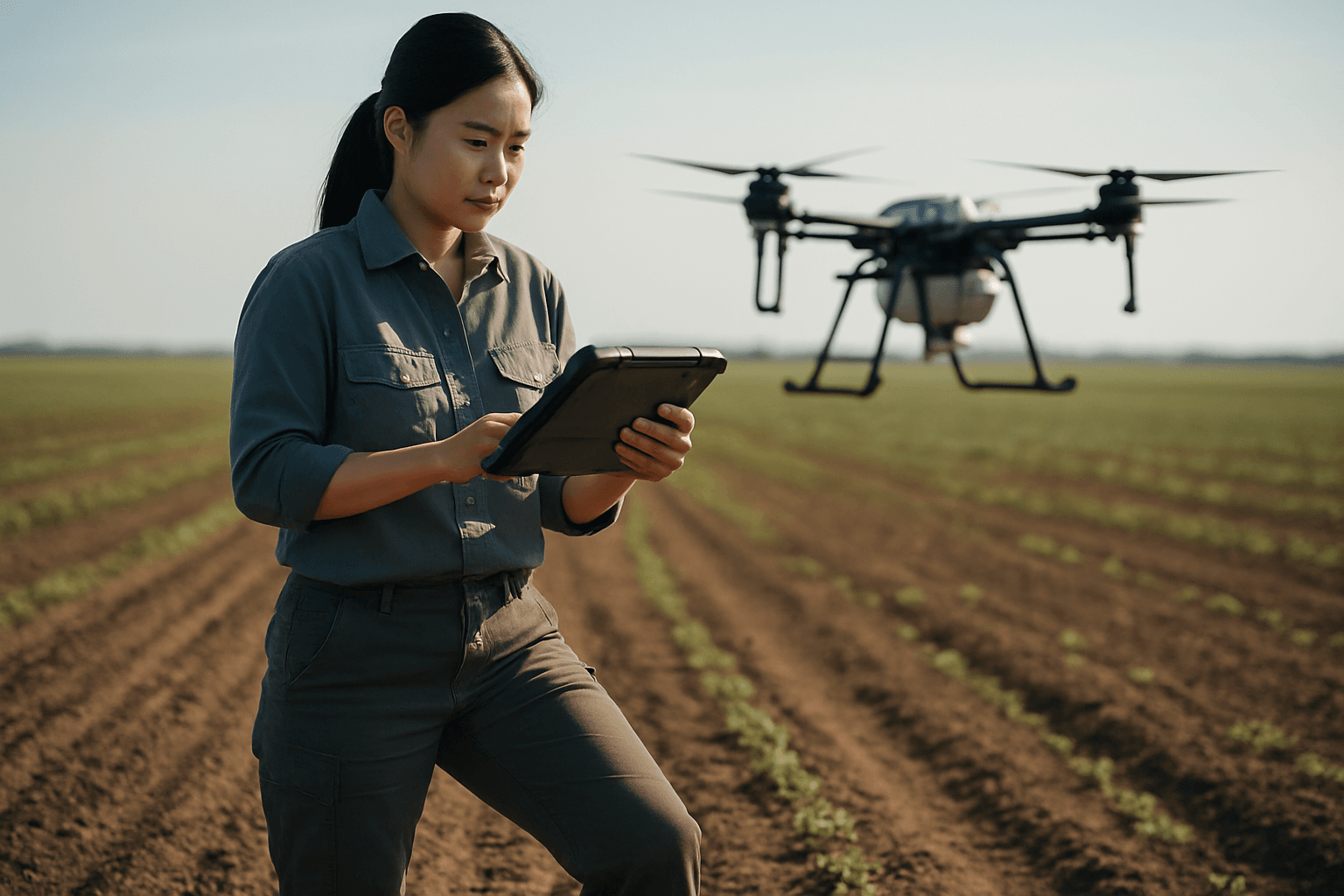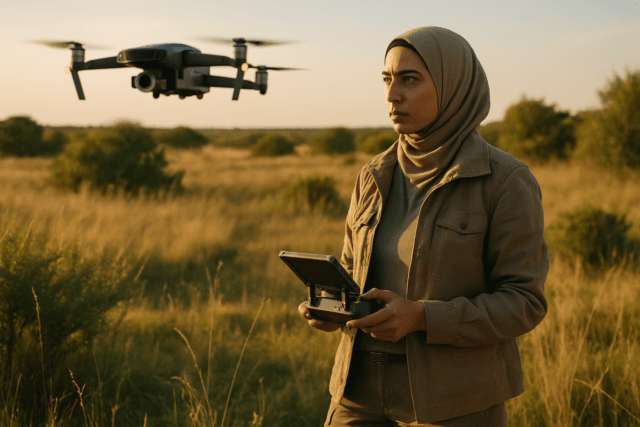The age-old practice of planting, once a labor-intensive and often imprecise endeavor, is undergoing a profound transformation thanks to advancements in drone technology. In an era demanding increased food production with sustainable practices, Unmanned Aerial Vehicles (UAVs) are emerging as indispensable tools, drastically improving efficiency across various planting operations in agriculture and reforestation.
The Dawn of Precision Planting
Drones are at the forefront of the precision agriculture movement, offering unparalleled accuracy and efficiency in seed placement that traditional methods simply cannot match. This level of control optimizes conditions for germination and robust early growth.
Unparalleled Accuracy in Seed Placement
Drones equipped with GPS mapping and sophisticated software can plan and execute precise planting patterns, controlling the release of seed pods at predetermined intervals and locations. This ensures that each seed is placed at the ideal depth and spacing, directly contributing to higher yields and better crop quality. Advanced systems utilize algorithms and real-time data to systematically navigate fields, delivering seeds in the most conducive conditions for germination and growth. This meticulous placement minimizes gaps or overlaps, which can otherwise lead to wasted resources.
Accelerating Planting Speed and Scale
One of the most significant advantages of drone technology in planting is its ability to cover vast areas in a fraction of the time compared to manual labor or traditional machinery. Drones equipped with seed pod shooters can rapidly and precisely distribute seeds over large areas. For instance, some companies are pioneering drones that can drop tens of thousands of seed pods per day, significantly accelerating reforestation and agricultural planting processes. This efficiency speeds up the agricultural cycle, allowing farmers to capitalize on optimal planting windows. A single drone can plant over 120 seeds per minute, with some projects demonstrating the capacity to plant over 500,000 seeds in a single flight, a remarkable increase compared to the roughly 800 trees a farmer might plant manually in a day.
Expanding Reach and Reducing Costs
Beyond speed and precision, drones offer practical benefits by overcoming geographical challenges and significantly reducing operational expenses associated with planting.
Accessing Challenging Terrains
Drones can effortlessly reach and plant in areas that are inaccessible or hazardous for traditional planting machinery or human workers due to topographical challenges, size constraints, or difficult conditions like steep slopes or remote regions. This capability maximizes the use of available land, potentially increasing the overall arable area or enabling reforestation efforts in previously unreachable zones. For example, drones have been used to replant native grasslands on steep terrain and restore forests ravaged by wildfires in remote areas.
Optimizing Labor and Operational Expenses
By automating much of the planting process, drones reduce the dependency on manual labor, leading to lower operational costs. This efficiency allows for the reallocation of human resources to other critical farming tasks. Drones can reduce planting costs by up to 85% and significantly lower staffing requirements. The reduction in the need for heavy machinery also contributes to cost savings by decreasing fuel consumption and maintenance.
Enhancing Environmental Sustainability
The integration of drones into planting operations also carries substantial environmental benefits, aligning with the growing global demand for sustainable agricultural practices.
Minimizing Soil Compaction and Erosion
Traditional planting methods often involve heavy machinery that can lead to significant soil compaction and erosion, disrupting ecosystems and hindering nutrient absorption. Drones, being lightweight and operating aerially, eliminate the need for tractors to enter the field during planting, thereby reducing soil compaction and preserving soil health. This contributes to more environmentally friendly cultivation methods and promotes a healthy growing environment for new seedlings.
Targeted Resource Application
The precision offered by drones contributes to sustainable farming by reducing waste of seeds and other inputs. By targeting specific areas with seeds and, when applicable, associated nutrients, drones prevent chemical runoff and ensure optimal resource utilization. This precise measurement of plant health, often through pre-planting soil analysis, allows for a more controlled application of resources, lowering the overall environmental impact.
The Technology Powering Drone Planting
The efficacy of drone-assisted planting stems from a sophisticated blend of aerospace engineering and advanced digital technologies.
Advanced Mapping and Data Collection
Before planting, drones play a crucial role in collecting comprehensive data on soil and field conditions. Equipped with high-resolution cameras and sensors, including multispectral and thermal imaging, drones can survey vast terrains and create detailed, three-dimensional maps. This data provides insights into soil composition, drainage patterns, moisture levels, and nutrient deficiencies, informing optimal planting strategies. The integration of artificial intelligence (AI) and the Internet of Things (IoT) allows for real-time analysis of this data, enabling farmers to make smarter, evidence-based decisions for seed spacing and irrigation plans.
Specialized Seed Dispersal Mechanisms
Drones designed for planting are equipped with various mechanisms for dispersing seeds, tailored to different seed types and environmental conditions. Common methods include seed pod shooters that deploy biodegradable seed pods containing seeds, nutrients, and hydration, designed to enhance germination success. Pneumatic systems are also used, where seeds are loaded into a hopper and released with air pressure, ensuring uniform distribution and control over the release rate. These advanced systems ensure accurate and efficient seed dispersal, preventing clogging and maximizing seed viability.
Conclusion
The integration of drones into planting operations marks a significant milestone in precision agriculture and ecological restoration. By leveraging advanced aerospace engineering, particularly in drone design and navigation, these unmanned aerial vehicles offer unparalleled efficiency through increased speed, pinpoint accuracy, expanded accessibility to challenging terrains, and substantial reductions in labor and operational costs. Furthermore, their application promotes environmental sustainability by minimizing soil disruption and optimizing resource allocation. As drone technology continues to evolve, its role in creating more productive, sustainable, and resilient agricultural and reforestation efforts will only expand, shaping the future of global planting operations.





